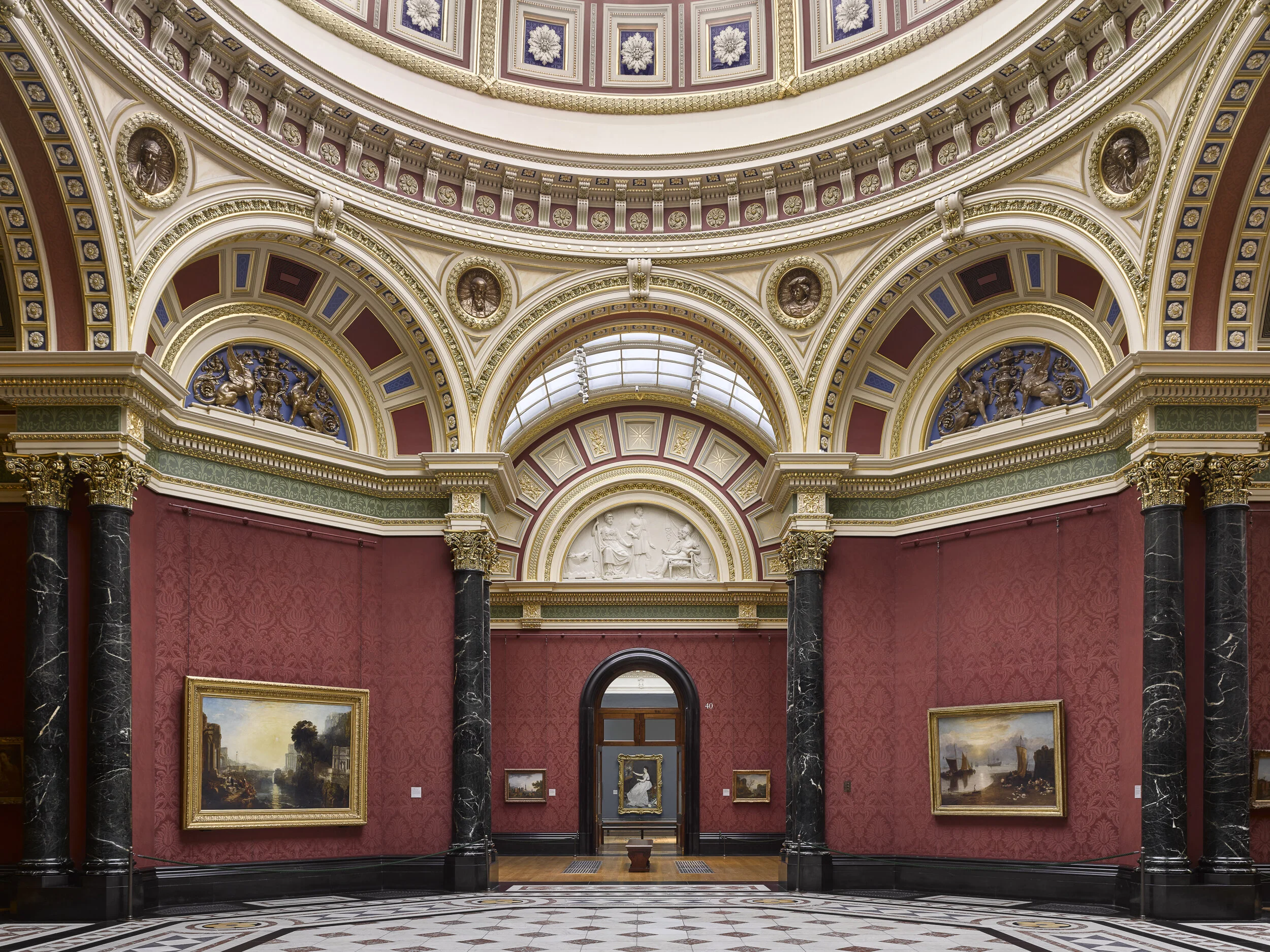aMUSEUMS, ART GALLERIES, STATELY HOMES
Living in London it’s possible to completely overlook a vast industry which is in operation every day. Tourism is Britain’s fifth largest industry contributing over 100 billion pounds every year to the UK economy.
At it’s heart lie a series of historic buildings. Fifty percent of UK adults visited a UK museum or gallery in 2018. That number ‘though is dwarfed by the vast influx of oversees visitors.
Over 65 million international tourists visit London’s Museums and Galleries. In 2015 the three museums in South Kensington - the National History Museum, the V&A and the Science Museum attracted more visitors between them than the entire city of Venice.
Yet none of these museums even rank in London’s top three museums in terms of popularity which are Tate Modern, The British Museum and The National Gallery respectively. And below all these behemoths lie a number of significant architectural attractions with hefty footfalls.
The Tower of London attracted 2.8 million visitors in 2018, The Royal Botanic Gardens at Kew 1.8 million, St Paul’s Cathedral 1.6 million, the British Library 1.4 million, Tate Britain 1.2 million, the Serpentine Gallery 1.2million. Even comparatively low-profile attractions like the Horniman Museum attracted 926,000 people in 2018.
The popularity of the museum has grown with its cultural kudos. Today museums and galleries are the most popular architectural commission, the typology every architect dreams of attempting. This process has been gradual.
Until the 18th century secular art was predominantly held in private collections. When the great collections went public in the 19th century it was to serve as a vehicle for social and moral improvement. It was in the 20th that museum and gallery attendance took on the form of alternative worship, most popular on a sunday when people took ‘pilgrimages’ to see individual works of art.
Simultaneously many of the UK’s original collections of private art in great houses and castles spread around the country have become accessible to the public and form the backbone of tourism in the countryside.
I have been photographing these museums, galleries and stately homes for many years providing photographs for their advertising and marketing campaigns.
The central challenge is to encourage the viewer’s curiosity about a place, to whet their appetite, without ruining the anticipation.
Poor interior photography of great architecture can give entirely erroneous and misleading impressions that do more harm than good.
That is because photographing historic architecture is very technically demanding.
Rooms can contain a vast quantity of decoration often with very limited natural light, further reduced by UV protection to protect the artworks within.













